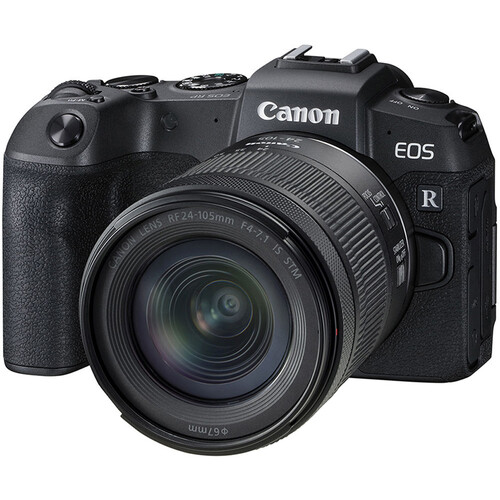Tube Rank: Your Guide to Video Success
Discover tips and insights for optimizing your video presence.
Click and Capture: The Secrets Behind Every Great Shot
Unlock the secrets to stunning photography! Discover tips and tricks that will elevate your skills and transform your shots into masterpieces.
Mastering Composition: Tips for Framing Your Shots Perfectly
Mastering composition is essential for any photographer looking to enhance their craft. The foundation of great photography lies in the way you frame your shots. One of the most effective techniques is the rule of thirds. Imagine breaking your image down into three equal parts, both horizontally and vertically, creating a grid of nine sections. Positioning your subject along these lines or at their intersections can lead to more balanced and engaging photos. Additionally, consider the use of leading lines, which can draw the viewer's eye into the frame and create a sense of depth. Remember, experimentation is key, and sometimes breaking these rules can yield unique and powerful results.
Another crucial aspect of composition is framing. Utilize elements within your environment to create a natural frame around your subject, such as branches, doorways, or windows. This not only focuses attention on the subject but also adds context and layers to your composition. Furthermore, pay attention to the background—ensure it complements rather than distracts from your main subject. Keeping these tips in mind and practicing regularly will help you develop a keen eye for composition, ultimately leading to photos that are not only aesthetically pleasing but also tell a story.

The Ultimate Guide to Camera Settings for Stunning Photos
Understanding camera settings is crucial for capturing stunning photos that truly showcase your vision. The key settings to master include aperture, shutter speed, and ISO. Aperture controls the depth of field; a lower f-stop value results in a blurred background, making your subject pop. On the other hand, shutter speed determines how motion is captured. A faster shutter speed freezes action, while a slower speed can create beautiful motion blur. Lastly, ISO affects the camera's sensitivity to light. A lower ISO is ideal for bright environments, while a higher value is necessary in darker settings.
To optimize your photography skills, consider using the following tips when adjusting your camera settings:
- Experiment with Aperture: Try different f-stops to see how they affect your photos.
- Play with Shutter Speed: Capture fast-moving subjects with high shutter speeds, or use longer exposures for artistic effects.
- Adjust ISO Responsibly: Keep ISO as low as possible to avoid grainy images, but don't hesitate to increase it when lighting conditions demand.
What Makes a Great Photo? Unveiling the Elements of Visual Storytelling
When it comes to photography, there are several crucial elements that contribute to what makes a great photo. First and foremost, composition plays a vital role. A well-composed image draws the viewer's eye and creates an immediate connection with the subject. Techniques such as the rule of thirds, leading lines, and framing can transform an ordinary shot into a compelling visual narrative. Additionally, the use of light and color is essential; they not only enhance the mood but also convey emotions, making the image resonate more deeply with the audience.
Another critical aspect of visual storytelling is the subject matter. A strong subject can evoke feelings, provoke thoughts, and tell a story without words. It's crucial to capture the essence of the subject, whether it's a person, landscape, or object, and to showcase it in a way that feels authentic. Moreover, the emotional impact of a photograph is often amplified through post-processing. Editing can help refine images, accentuate important details, and ensure that the final product truly reflects the photographer's vision. By focusing on these elements, anyone can elevate their photography and create images that leave a lasting impression.